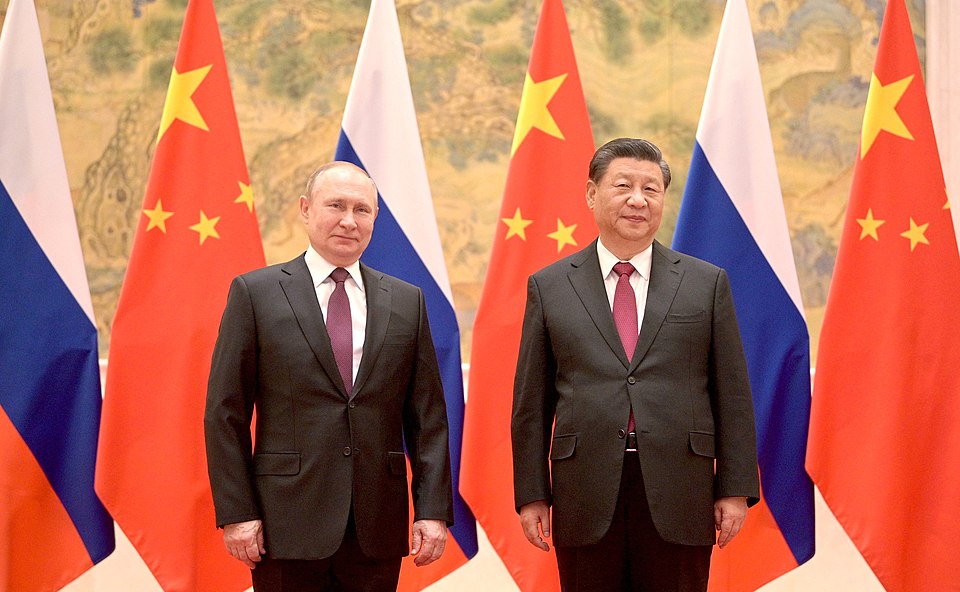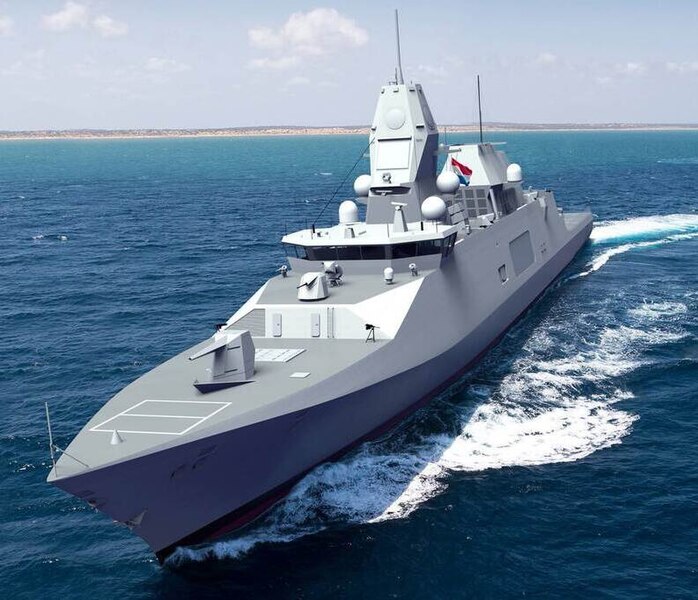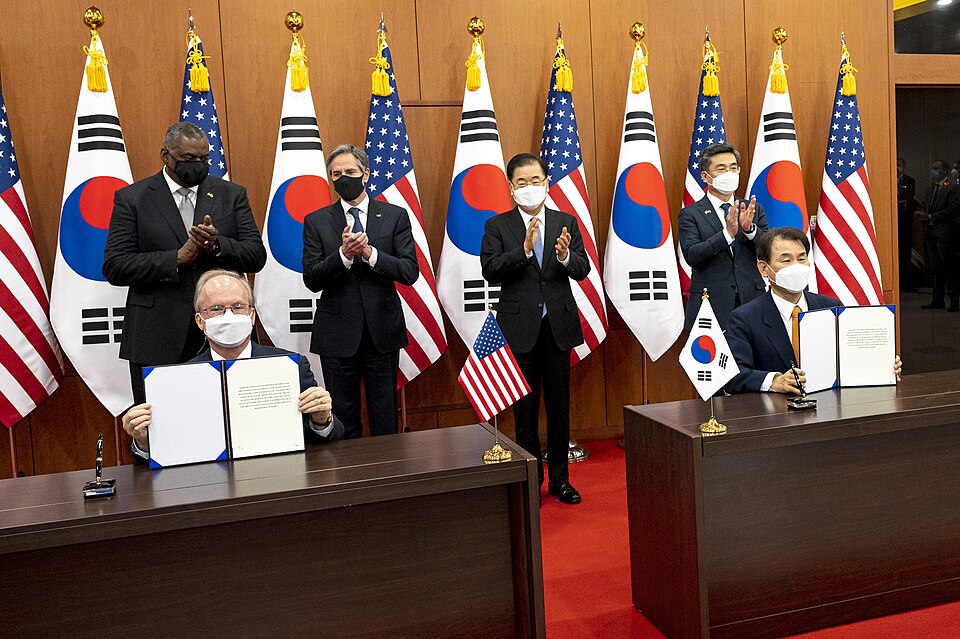
For decades, Washington guarded the technology for nuclear submarines as one of its closest military secrets. Now, in a shocking about-face that has taken defense circles by surprise, the United States has agreed to share that capability with South Korea. The surprise announcement by President Donald Trump after discussions with President Lee Jae Myung marks a major shift in alliance strategy and a potential inflection point in Indo-Pacific security This comes against a background of growing maritime tensions: North Korea revealed a nuclear-powered submarine under construction, China continuously expands its naval footprint, and Japan weighs propulsion upgrades. The deal between the US and South Korea was, in this light, more than a bilateral defense agreement; rather, it was one about deterrence, industrial cooperation, and a reordering of regional power balances.

1. A Break with Decades of Secrecy
Historically, the United States has shared nuclear submarine technology only with the United Kingdom, and even the AUKUS pact reached with Australia avoided the direct transfer of some of the know-how. In giving it access, Washington will be breaking a long-standing norm in naval nuclear propulsion policy. The technology, called Naval Nuclear Propulsion Information, or NNPI, is considered by the U.S. Navy to be “among the most sensitive and valuable military technologies currently in use.” It would raise questions about safeguards, congressional oversight, and what precedent it would set for future partnerships. Experts said if Seoul gets direct enrichment capability, it will make the process politically sensitive due to the unavoidable legislative review

2. Thirty Years of South Korean Lobbying Pays Of
The acquisition of submarines has been a long-sought ambition by South Korea over three decades, with the country’s persistent lobbying of successive US administrations until Trump gave the green light. That is the realization of a long-term strategic ambition, according to analysts such as the president of the Korea Defense and Security Forum Kim Min-seok, fueled by a need to counter a North Korean submarine-launched ballistic missile program.
The breakthrough also reflects changing threat perceptions: as Collin Koh of Singapore’s S. Rajaratnam School of International Studies has pointed out, the declared nuclear sub program of Pyongyang has altered the calculus, making extended underwater endurance a necessity for Seoul’s fleet.

3. Industrial Cooperation via Hanwha’s Philly Shipyard
Trump added an industrial dimension to the deal when he said the submarine would be built at Hanwha’s Philadelphia Shipyard. Currently a commercial facility, the yard was bought in 2024 by South Korea’s Hanwha Group. Without nuclear handling capability, this yard would need intensive investment in its facilities, training of its workforce, and regulatory compliance for it to become America’s third nuclear submarine yard
Executives at Hanwha Group say it’s all part of an effort to “Make American Shipbuilding Great Again,” growing U.S. capacity while providing South Korea the needed capability. For now, though, the timeline and cost of conversion are uncertain – delays have already taken place in Virginia- and Columbia-class production.

4. North Korea’s Accelerating Submarine Ambitions
The photos from March showed Kim Jong-un standing beside the vessel described as a “nuclear-powered strategic guided missile submarine ” a first for Pyongyang. According to Jihoon Yu of the Korea Institute for Defense Analyses, such a platform could-if actually nuclear-powered-carry as many as ten ballistic missiles and offer near-continuous at-sea deterrence. While doubts persist over its claims of propulsion, the strategic intent is unmistakable. The possibility of Russian technical assistance on everything from reactor design to launch systems could cut years off North Korean development time and make it a far graver threat to South Korea and US forces in the region.

5. Regional Reactions: China and Japan
It is likely that China will look upon the US-South Korea deal as provocative, and may even accelerate its investments in nuclear submarines. According to Robert York from the Pacific Forum, Beijing is likely to characterize the move as destabilizing through both official and unofficial channels. Meanwhile, Japan could quietly continue with its own studies of “non-conventional” propulsion. Political opposition at home to nuclear power remains likely to be a serious obstacle, but strategic necessity-particularly in light of recent developments involving North Korea-may push Tokyo to reconsider their stance.

6. Strategic Parallels with AUKUS
The agreement with South Korea inevitably invites comparisons with the AUKUS partnership, which will see Australia receive nuclear-powered submarines. Both agreements pursue closer alliances, stronger deterrence, and for the first time in history, linked industrial bases. In contrast, AUKUS has an 18-month consultation period and a custom design, SSN-AUKUS, while South Korea can modify its Jangbogo-IV class to accommodate nuclear propulsion. The difference here could make Seoul’s program faster to field but also requires careful alignment with US technology protection protocols.

7. Congressional and Legal Hurdles
The US-South Korea nuclear cooperation agreement stipulates that any transfer of nuclear material derived from US technology should go through a 90-day congressional review. According to Jon Wolfsthal, the former nuclear advisor to President Obama, the structure of the deal would determine whether Congress needs to approve or not. If the US provides the nuclear core directly, bypassing enrichment by South Korea, then US involvement would come without input from the legislature. However, Seoul’s long-term goal of enrichment and reprocessing would mean a formal approval process, likely opening debates about proliferation risks.

8. Countering Anti-Submarine Warfare Challenges
South Korea’s diesel-electric submarines do not have the staying power to continuously shadow nuclear-powered foes. As he has pointed out, nuclear propulsion would grant longer patrols with reduced dependence on US forces. Greater ASW capability is a real concern because North Korean and Chinese fleets are growing. This deal may also boost the US Indo-Pacific Command’s ASW posture given that joint exercises and intelligence-sharing enhance detection and tracking of hostile subs.

9. Risk of Northeast Asia’s
Arms Race Analysts warn that proliferation of nuclear submarines will spur a regional arms race. North Korea’s program already places pressure on South Korea and Japan to upgrade capability, while China’s reaction might further escalate competition. Such dynamics run the risk of eroding crisis stability given that survivable nuclear arsenals cut into incentives for restraint. Jenny Town of the Stimson Center has warned that “nothing good” will come out of this announcement in regional terms and highlighted heightened tension and risk of miscalculation. The US-South Korea nuclear submarine deal is a landmark in alliance cooperation, industrial integration, and strategic signaling. But this reality also brings in tough debates on proliferation, regional stability, and the future of naval warfare in the Indo-Pacific. The challenge, as shipyard plans move ahead and technology transfers firm up, is how to balance deterrence gains against the risks of accelerating an already volatile maritime arms race.


